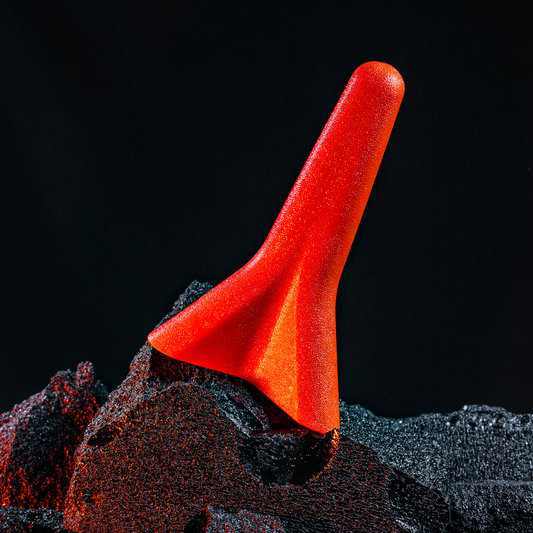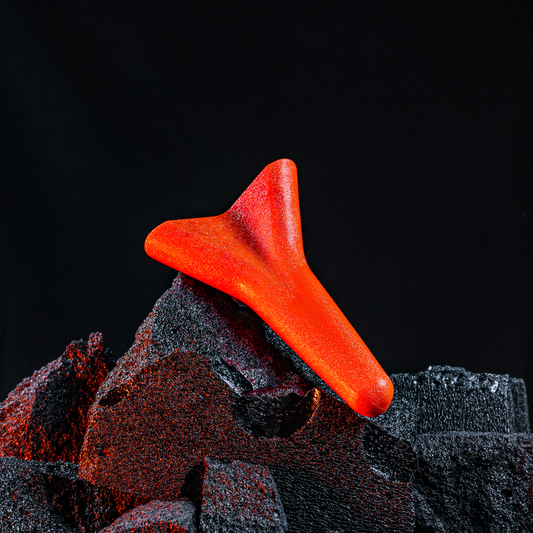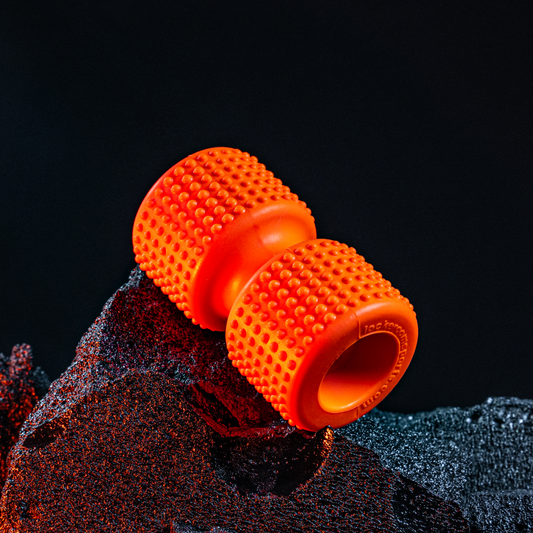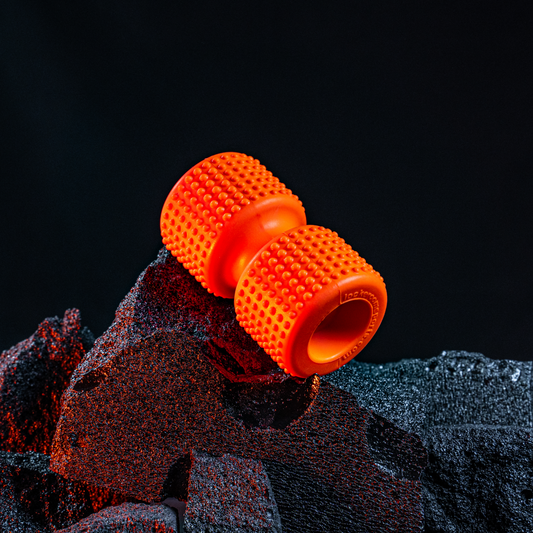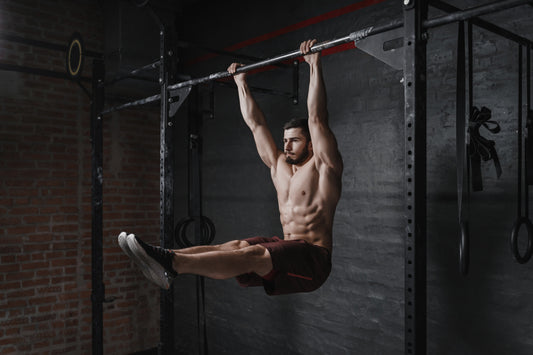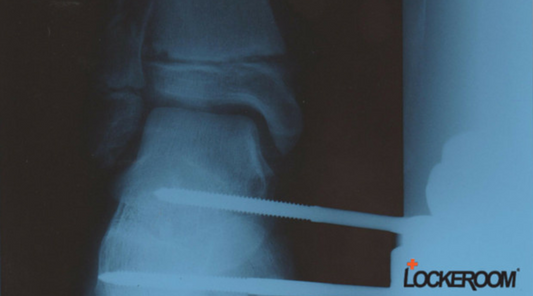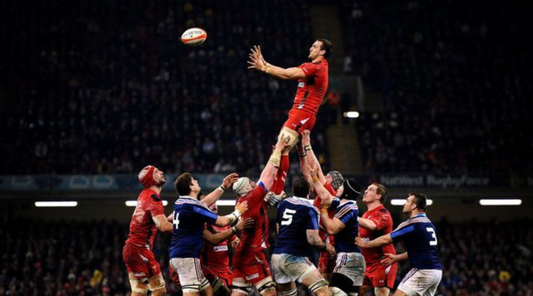
Q&A with Cam
Learn what might be behind your symptoms
Who gets Posterior shoulder pain?
Posterior shoulder pain can stem from many underlying causes. Common causes include rotator cuff injuries, labral tears, and muscle imbalances, which may lead to conditions such as impingement syndrome and posterior shoulder tightness. Pain can also be referred pain from the cervical spine. Shoulder arthritis may also cause posterior shoulder pain.
Falling onto an outstretched arm or onto the elbow, which forces the humerus backward and inward are the most common cause of traumatic Posterior shoulder injury. This type of trauma can lead to posterior dislocation or subluxation of the shoulder, possibly labral tears often resulting in significant pain.
In some cases, these falls cause less severe capsule strains that may go mostly unnoticed and might only be reported as tightness in the back of the shoulder. While these minor strains may not cause immediate distress, they can still affect shoulder function and comfort over time, particularly if these events are recurrent.
Post-surgical patients, particularly those recovering from rotator cuff repairs or those with significant tightness in the posterior shoulder, may also experience discomfort or limited range of motion.
Overuse injuries are common among athletes like throwers, gymnasts and swimmers who perform repetitive shoulder internal rotation, leading to tightness and weakness in external rotation (Infra-Spinatus and Teres Minor particularly). This can cause soreness in the back of the shoulder.
Additionally, individuals with frozen shoulders or adhesive capsulitis may experience very tight posterior capsules as part of their condition.
Treatment typically involves flexibility and strengthening exercises to address any capsular or muscular tightness. Scapula stabilizing exercises should also be included.
What’s the best way to strengthen these muscles?
When experiencing shoulder pain, the best course of action involves a combination of techniques to address both muscle tightness and strength imbalances.
Begin by targeting the posterior cuff, specifically the Infraspinatus and Teres Minor muscles, using a trigger point tool like a Pocket Physio MAX or a Massage ball to relieve tightness.
Address any tightness in the Latissimus Dorsi by applying similar trigger exercises.
Incorporate stretching exercises for the Lats and posterior shoulder using a Stretchband to enhance flexibility and reduce discomfort.
Additionally, engage in resistance strengthening exercises for the rotator cuff with a red Powerband, which should include scapular stabilization exercises to support overall shoulder function and stability. Strength Exercise for the posterior deltoid should also be included.
This comprehensive approach helps alleviate pain, improve range of motion, and strengthen the shoulder muscles to prevent future issues.
What other Posterior shoulder injuries should I be concerned about?
Trauma injuries to the posterior shoulder can include posterior dislocation, fractured scapula, and rotator cuff tears.
Posterior dislocation often results from a fall onto an outstretched hand or elbow, causing the humerus to be forced backward and inward.
A fractured scapula typically occurs from a direct blow to the shoulder blade, while rotator cuff tears may also be caused by a fall onto an outstretched hand or elbow.
These injuries are common among the elderly, athletes involved in collision sports, those engaged in jumping activities, and individuals who have fallen off a motorbike.
The best course of management of these injuries is to firstly manage pain with an Ice mate. Then seek medical advice and a diagnosis as soon as possible.
What other Posterior shoulder injuries should I be concerned about?
How long is shoulder surgery recovery?
The recovery time for shoulder injuries varies based on the nature and severity of the issue. For cases involving shoulder instability, where the shoulder is prone to frequent dislocations or subluxations, a return to full activity may require approximately 20 weeks.
Subluxations, which are partial dislocations, typically necessitate a recovery period of at least 12 weeks. Strains and tightness, while often not resulting in significant lost time, can vary depending on the level of physical activity. In sports that involve repetitive throwing motions, such as baseball, these injuries are managed more cautiously to ensure complete healing and prevent recurrence.












